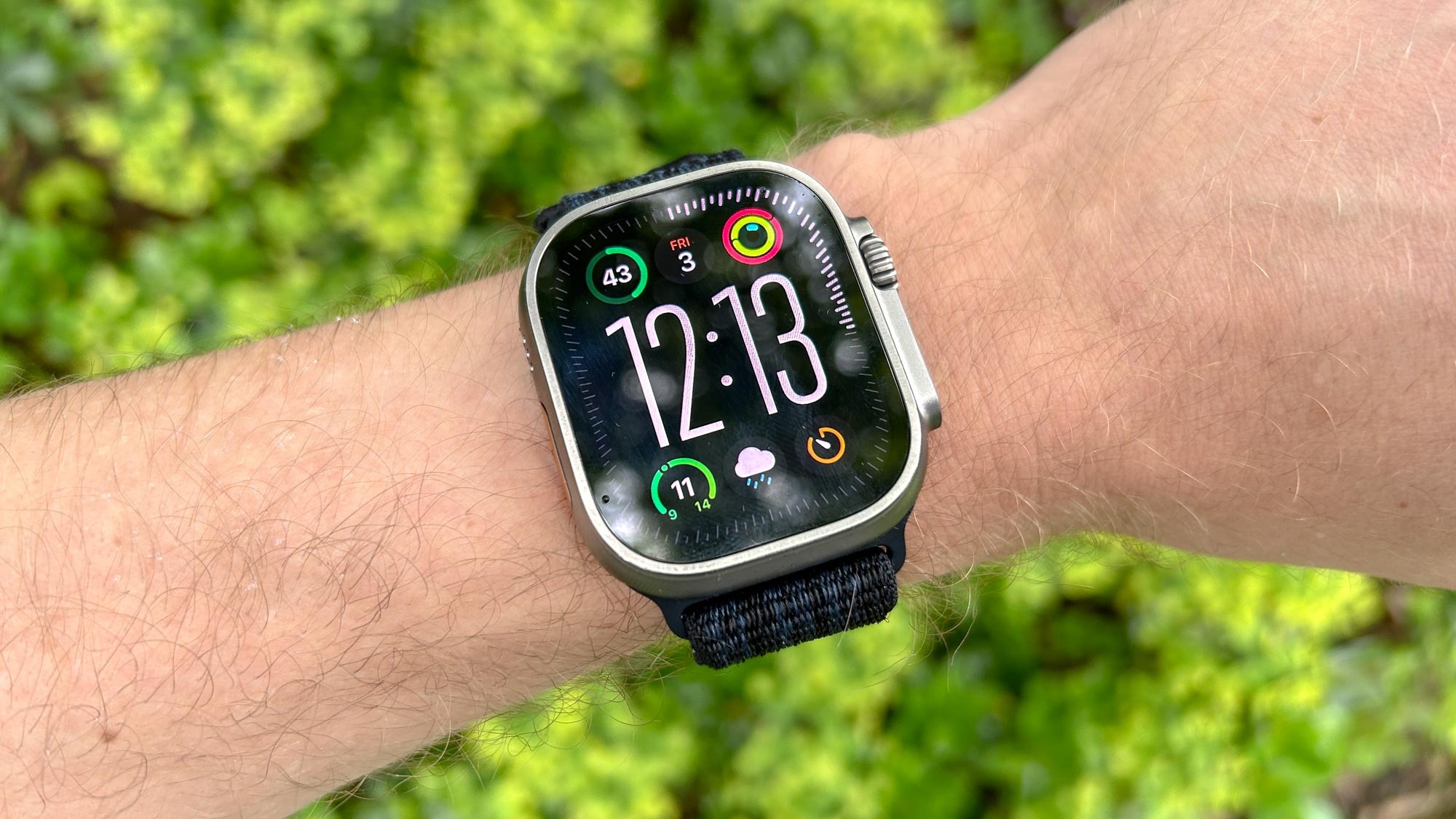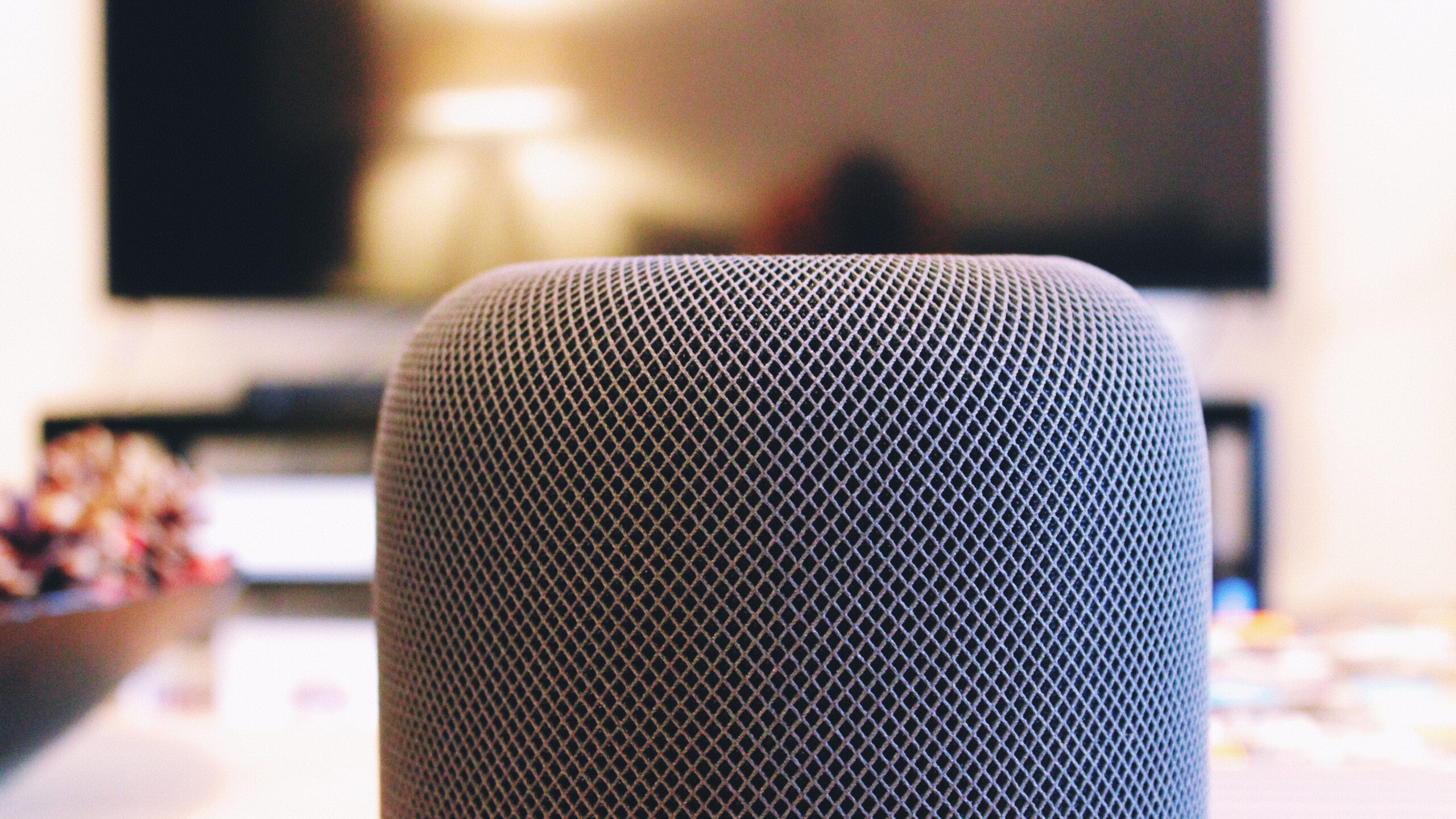The Apple Watch Ultra hasn’t seen big changes since 2023, but that’s about to change with the upcoming Apple Watch Ultra 3. Here’s what’s new:
High Blood Pressure Alert
One of the key health features coming to the Ultra 3 is high blood pressure detection. This won’t give you exact numbers but will alert you if your blood pressure might be high, similar to how it detects sleep apnea. This feature has been in development for years, and it’s set to launch this year.
Send Messages from Anywhere
For those who love adventure, the Ultra 3 will let you send messages even without a phone nearby. Thanks to satellite technology, you can text when there’s no cell or Wi-Fi signal around. This means explorers can enjoy the outdoors without worrying about staying in touch.
Faster Internet with 5G
For the first time, the Apple Watch Ultra will support 5G. This isn’t the full-speed 5G you get on your phone but a version called 5G Redcap, which is kinder to battery life yet still improves connectivity over the old 4G.
While we wait for its fall release, these features suggest that Apple is making the Ultra 3 the go-to watch for those who like to explore. There’s still time for more surprises, like better battery life, which would be a big plus for many users.





